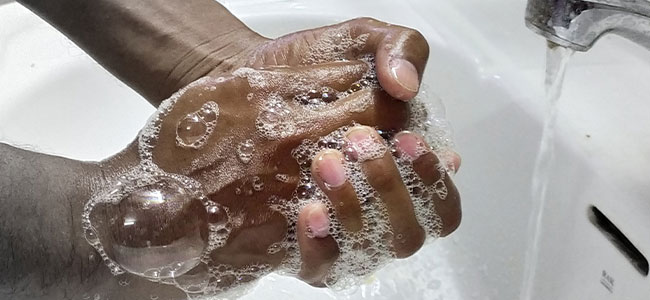
New Survey Reveals Strategic Handwashing Among Americans
Fifty-four percent of respondents increase handwashing activity when they’re sick.
- By Robert Yaniz Jr.
- Feb 06, 2024
A recent survey by Bradley Company—which specializes in commercial washrooms and comprehensive emergency safety solutions—revealed that Americans tailor their handwashing habits to current health concerns and personal sickness.
According to a release dated Feb. 1, 74 percent of respondents to the Healthy Handwashing Survey said they wash their hands more frequently or more thoroughly during seasonal virus outbreaks, while 54 percent emphasize handwashing only when they are sick themselves.
The survey—which polled more than 1,000 U.S. adults—found that travel prompts 77 percent of respondents to wash hands more frequently, especially at airports or on road trips. Sixty-seven percent of people likewise increase handwashing ahead of travel plans. In public restrooms, 89 percent regularly wash hands, though some skip due to lack of supplies or nonfunctional sinks. And 29 percent of men see no need for handwashing after using public restroom facilities.
“No matter the season and no matter what’s circulating, handwashing should be top-of-mind every single day,” Jon Dommisse, vice president of marketing and corporate communication for Bradley, said in a statement. “It’s especially important for parents to get their children into the life-long habit of washing their hands before and after eating, after using the bathroom, after sneezing and other times throughout the day.”
Sixty-three percent of survey respondents ask their kids to wash their hands, with 30 percent incorporating it into the routine. Naturally, handwashing activity was at an all-time high during the COVID-19 pandemic in 2020 and 2021, when these figures returned to pre-pandemic levels.
About the Author
Robert Yaniz Jr. is the former Content Editor of Occupational Health & Safety.